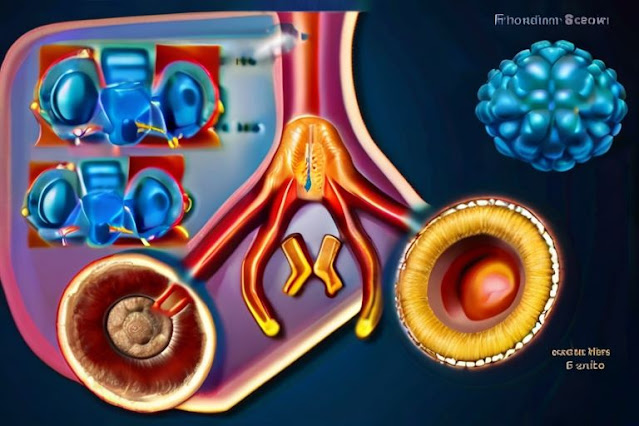Endocrine glands and exocrine glands are two types of glands found in the human body, and they differ in their structure, function, and mode of secretion. Here are the dissimilarities between them:
Secretion Mode:
Endocrine Glands: Secrete hormones directly into the bloodstream.
Exocrine Glands: Secrete substances through ducts onto epithelial surfaces, such as the skin or the lumen of a hollow organ.
Presence of Ducts:
Endocrine Glands: Lack ducts. Hormones are released directly into the bloodstream and travel to target organs.
Exocrine Glands: Have ducts through which their secretions are transported to specific locations. These glands often secrete substances such as sweat, saliva, digestive enzymes, and mucus.
Nature of Secretions:
Endocrine Glands: Secrete hormones, which are chemical messengers that regulate various physiological processes in the body, such as metabolism, growth, and reproduction.
Exocrine Glands: Secrete substances with various functions, depending on the gland type. Examples include sweat (sudoriferous glands), saliva (salivary glands), digestive enzymes (pancreas), and sebum (sebaceous glands).
Target Cells:
Endocrine Glands: Hormones released by endocrine glands target specific cells or organs throughout the body, often distant from the gland itself.
Exocrine Glands: The secretions of exocrine glands typically act locally on nearby cells or are expelled outside the body.
Regulation of Secretion:
Endocrine Glands: Hormone secretion is often regulated by feedback mechanisms involving hormones, neurotransmitters, or other factors.
Exocrine Glands: Secretion may be regulated by neural stimuli, hormonal stimuli, or local factors, depending on the type of gland and its function.
Examples:
Endocrine Glands: Pituitary gland, thyroid gland, adrenal glands, pancreas (endocrine portion).
Exocrine Glands: Sweat glands, salivary glands, mammary glands, sebaceous glands, digestive glands (e.g., liver and pancreas - exocrine portions).
In summary, endocrine glands secrete hormones directly into the bloodstream, have no ducts, and act on distant target cells, while exocrine glands secrete substances through ducts onto epithelial surfaces, often acting locally, and their secretions serve various physiological functions.
